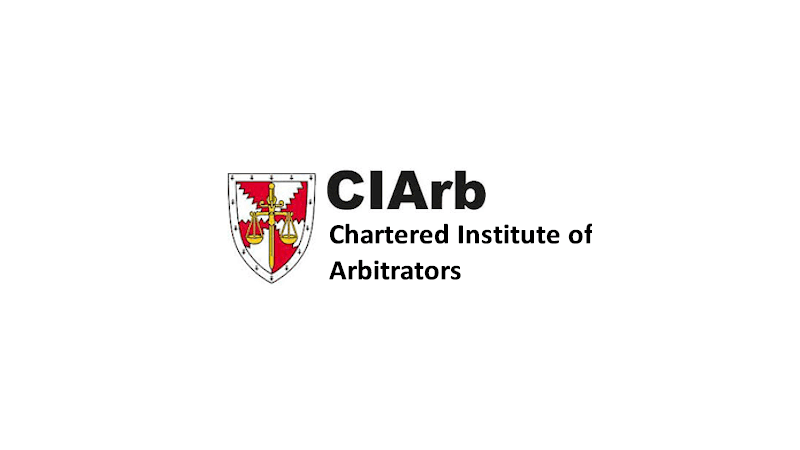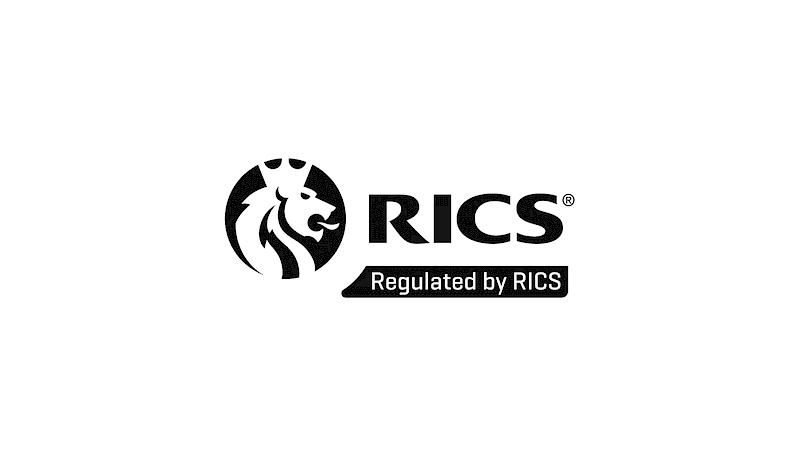Tenants of commercial & leisure properties, usually under leases making them responsible for all repairs, decorations and reinstating any alterations made during the term just before lease end/break date, are likely to face significant claims for dilapidations from landlords when they vacate.
Financial Reporting Standard (FRS) 102 (previously FRS 12) allows companies to make a provision in accounts for the future dilapidations liability, the such sum being deductible from Corporation Tax calculations.
This is not only a welcome boost to cash flow, but allows for sensible advance planning, to ensure the funds are available at lease expiry/break.
But it is a balancing act; too high a provision not only risks breaching the Rules but could sterilise an excessive sum of money from use within the business.
An increasing number of corporate tenants take advantage of the significant benefits offered by FRS 102, to:
- Reduce the risk of not having the money required to meet a dilapidations bill at lease expiry/ lease break;
- To legitimately reduce annual Corporation Tax payments during the currency of the lease;
- To thus improve cash flow - freeing up more cash than otherwise to invest in the business.
But it will be appreciated that employing FRS 102 to the best effect of the Company is a balancing act. Dilapidations assessments are traditionally, and initially, prepared by Chartered Building Surveyors – the discipline of the chartered surveyor who identifies breaches of lease covenants (to repair, decorate and reinstate tenant’s alterations) and prices their remedy. Often this resultant total is entered in the Accounts as the provision for dilapidations.
However, assuming accurately assessed, this figure is likely to be well in excess of what the eventual true liability will be if the tenant company was to employ the Diminution in Value defence (Section 18) in dilapidations negotiations at the lease expiry/break date. As explained at Diminution Valuations & Damages Cap this invariably serves to ‘cap’ the damages for dilapidations payable to a landlord to notably less than the (lowest) Cost of Works assessment.
A higher than necessary/realistic provision in your Accounts might of course achieve greater tax relief, but that may be pyrrhic relative to the amount of excess cash duly tied up and thus sterilised from use within the business.
THAT is why dilapidations assessments should always be made by both disciplines of chartered surveyors necessary for accurate dilapidations assessments. The Chartered Building Surveyor, as is always required, identifies breaches and price remedies. Then, the Chartered Valuation Surveyor (Valuer), to advise to what extent that resultant total might realistically be lowered, or reduced, by use of the Diminution in Value (Section 18) defence.
You can then take an informed view on which figure within that range best protects and suits your Company.
We are regularly instructed by CFOs, Accountants and Chartered Building Surveyors alike, to provide Diminution in Value (Section 18) overviews on dilapidations assessments prepared by Chartered Valuation Surveyors, to best enable the right decision to be made on how to best employ FRS 102 for your Company.

CIArb exists for the global promotion, facilitation and development of all forms of private dispute resolution around the world to maximise the contribution that dispute resolution practitioners make
Paul J Raeburn
BSc (Hons) MRICS DipArb FCIArb
RICS Accredited Mediator
Neil Burridge
BSc (Hons) MRICS ACIArb
RICS Registered Valuer

"Regulated by RICS" confirms to potential clients that we can be trusted to deliver high standards of service. "Regulated by RICS" conveys a consistent message of confidence and quality to our clients.
